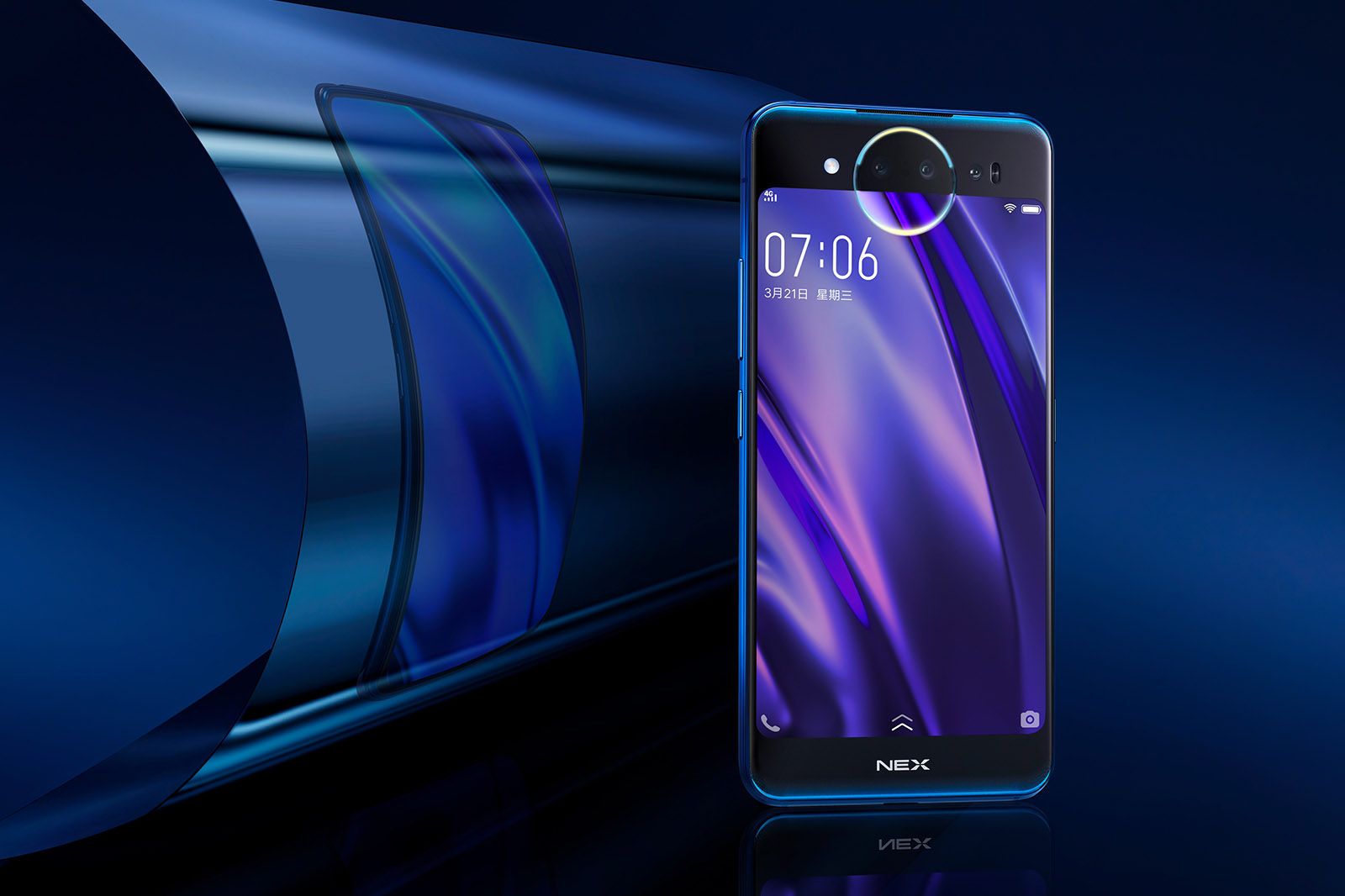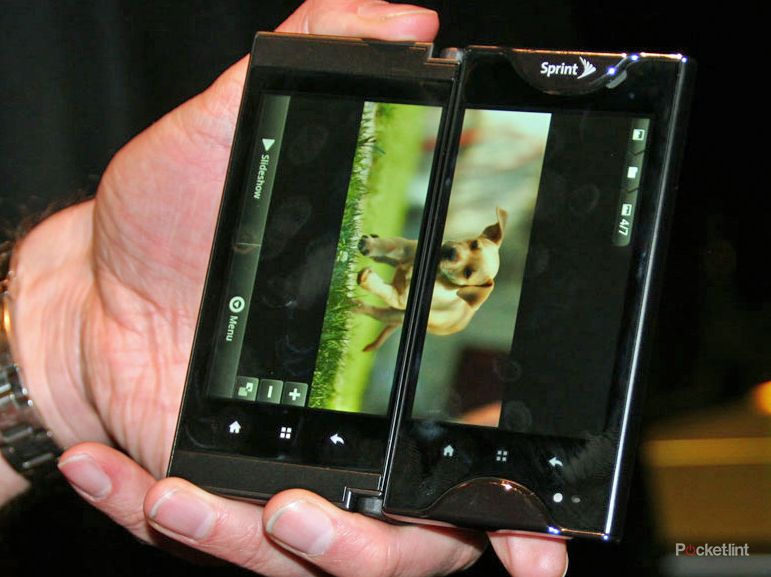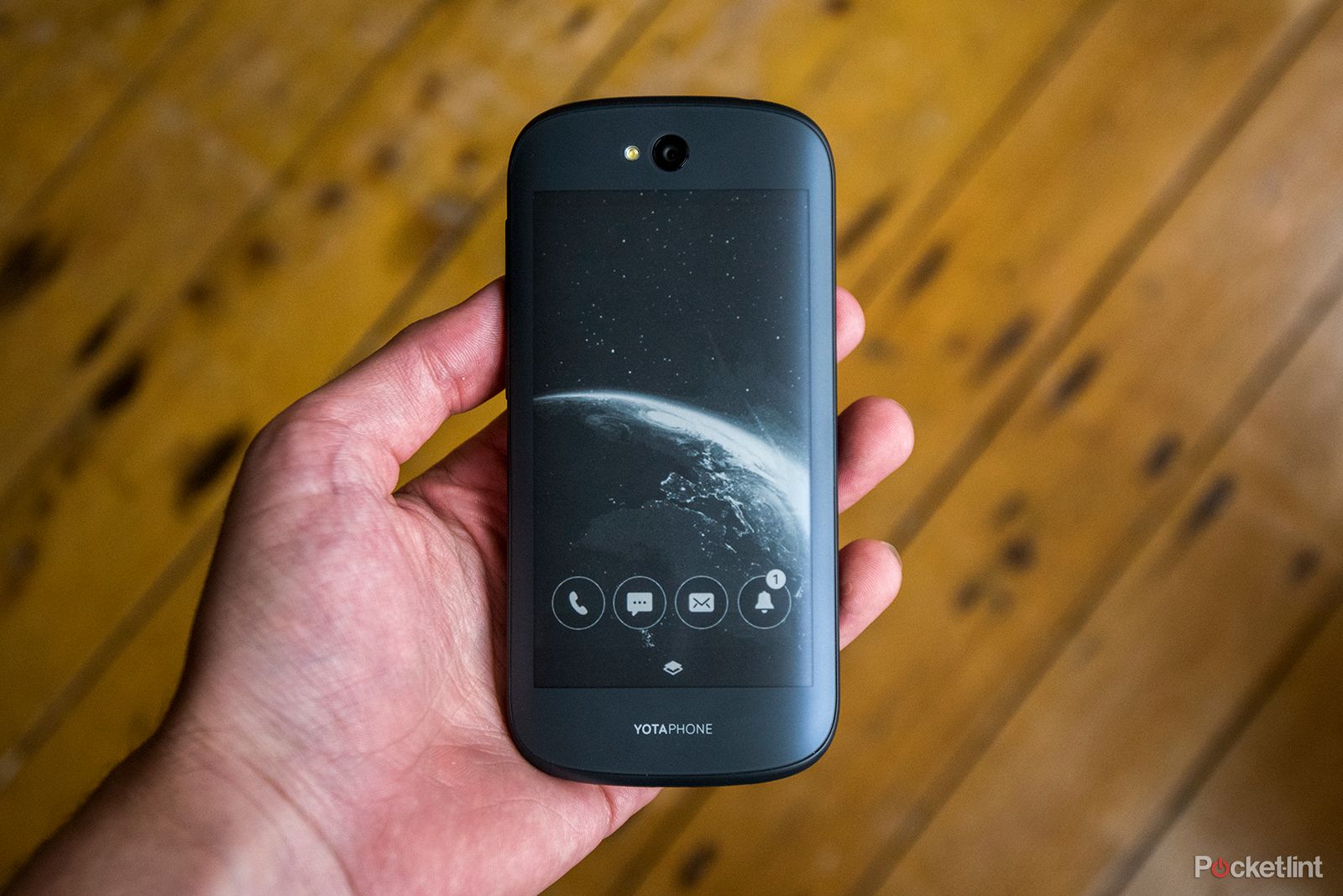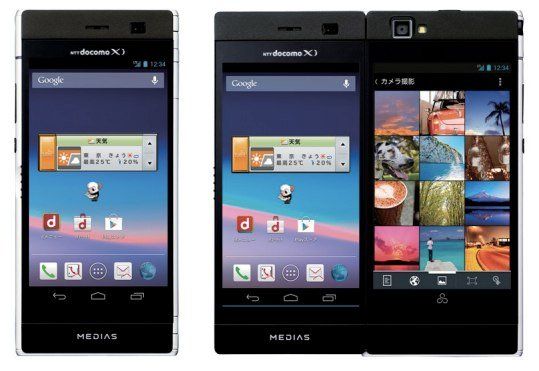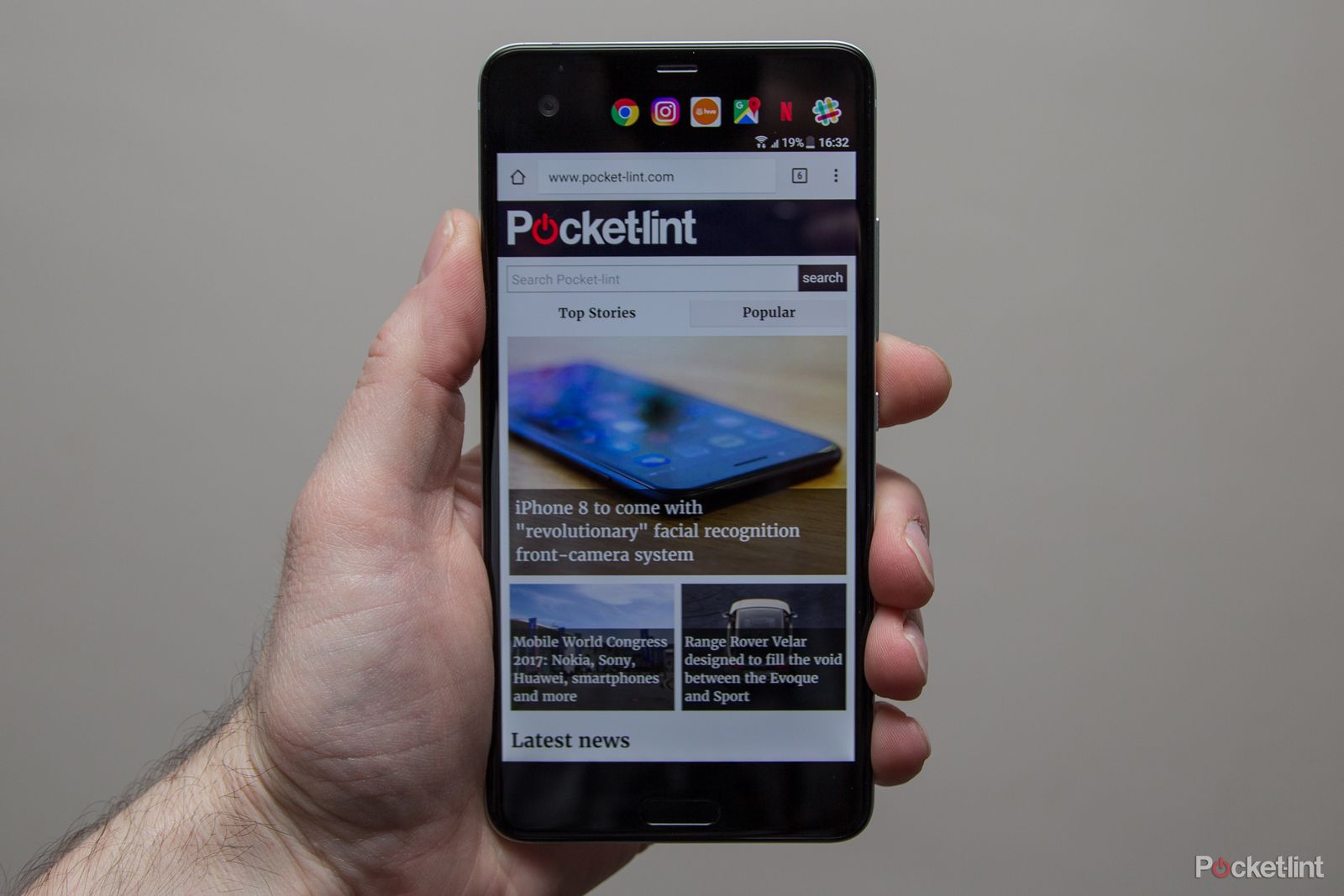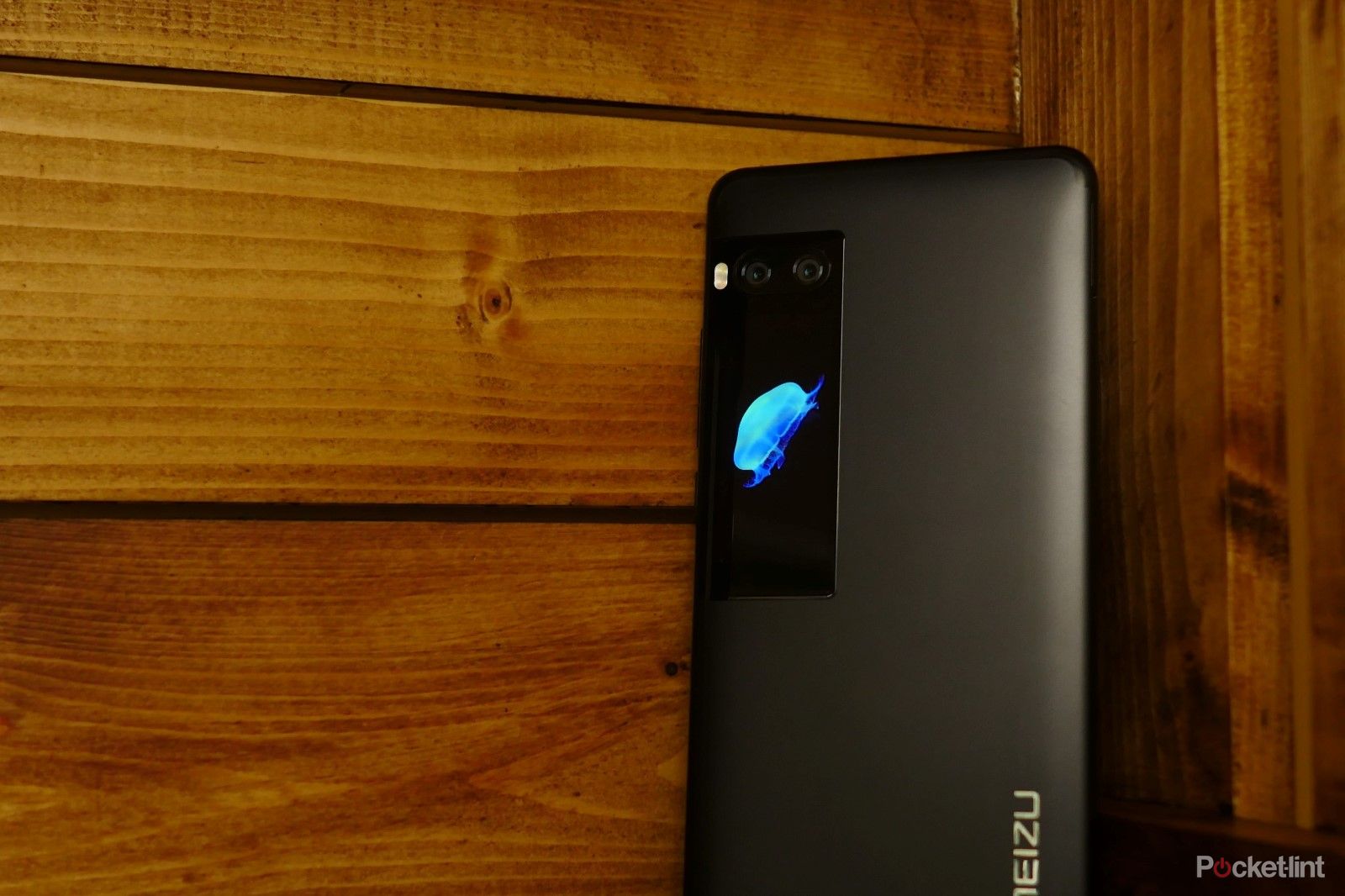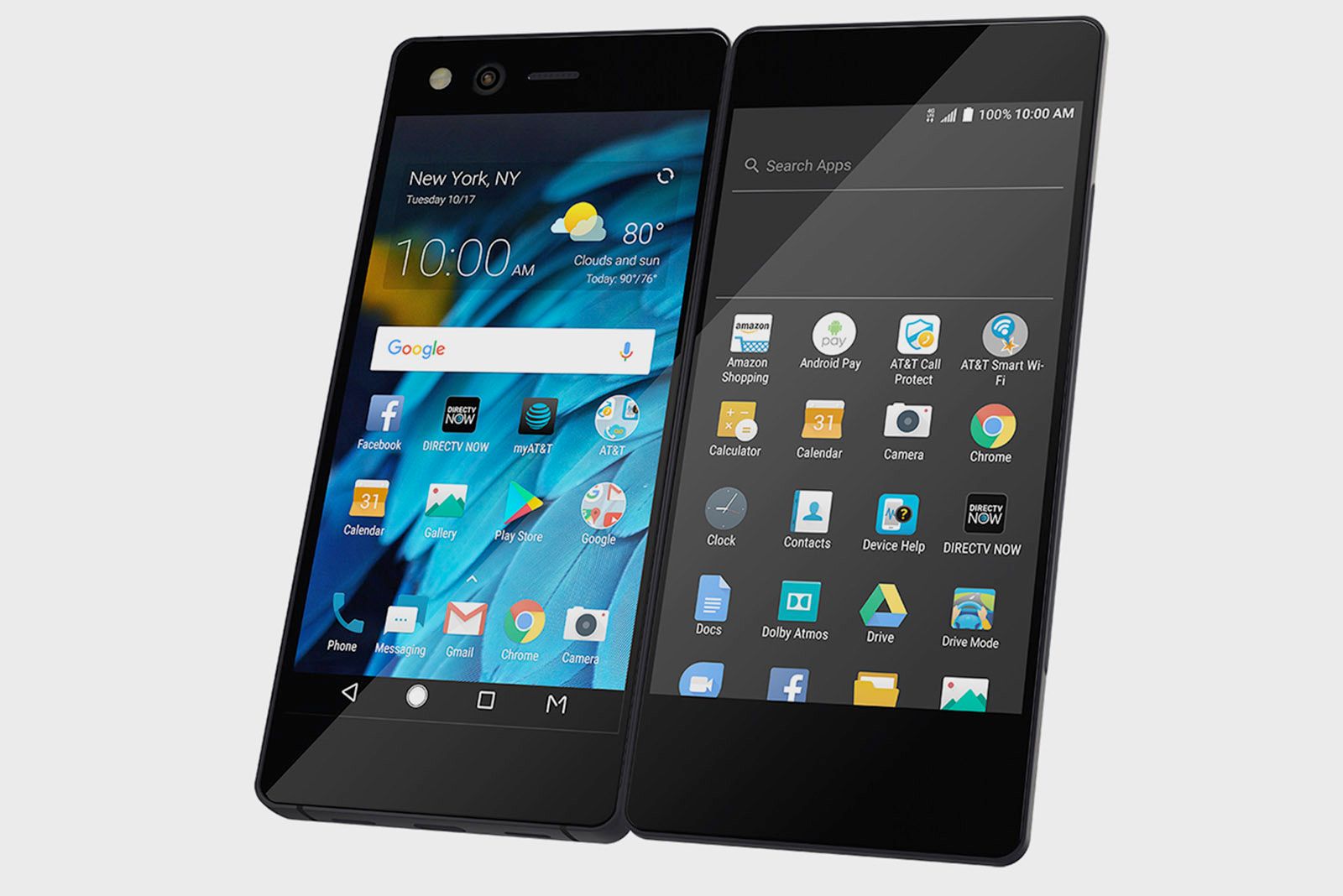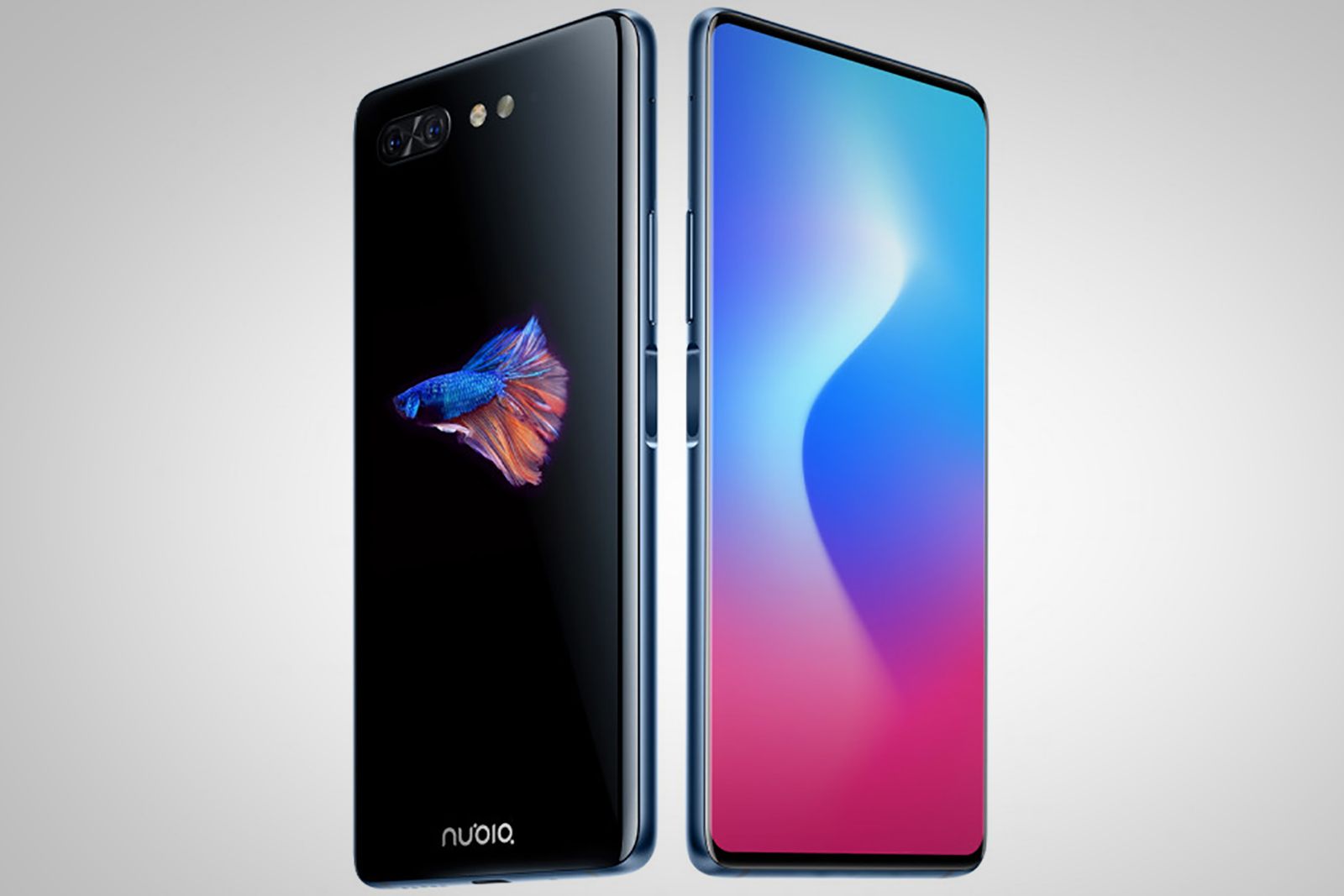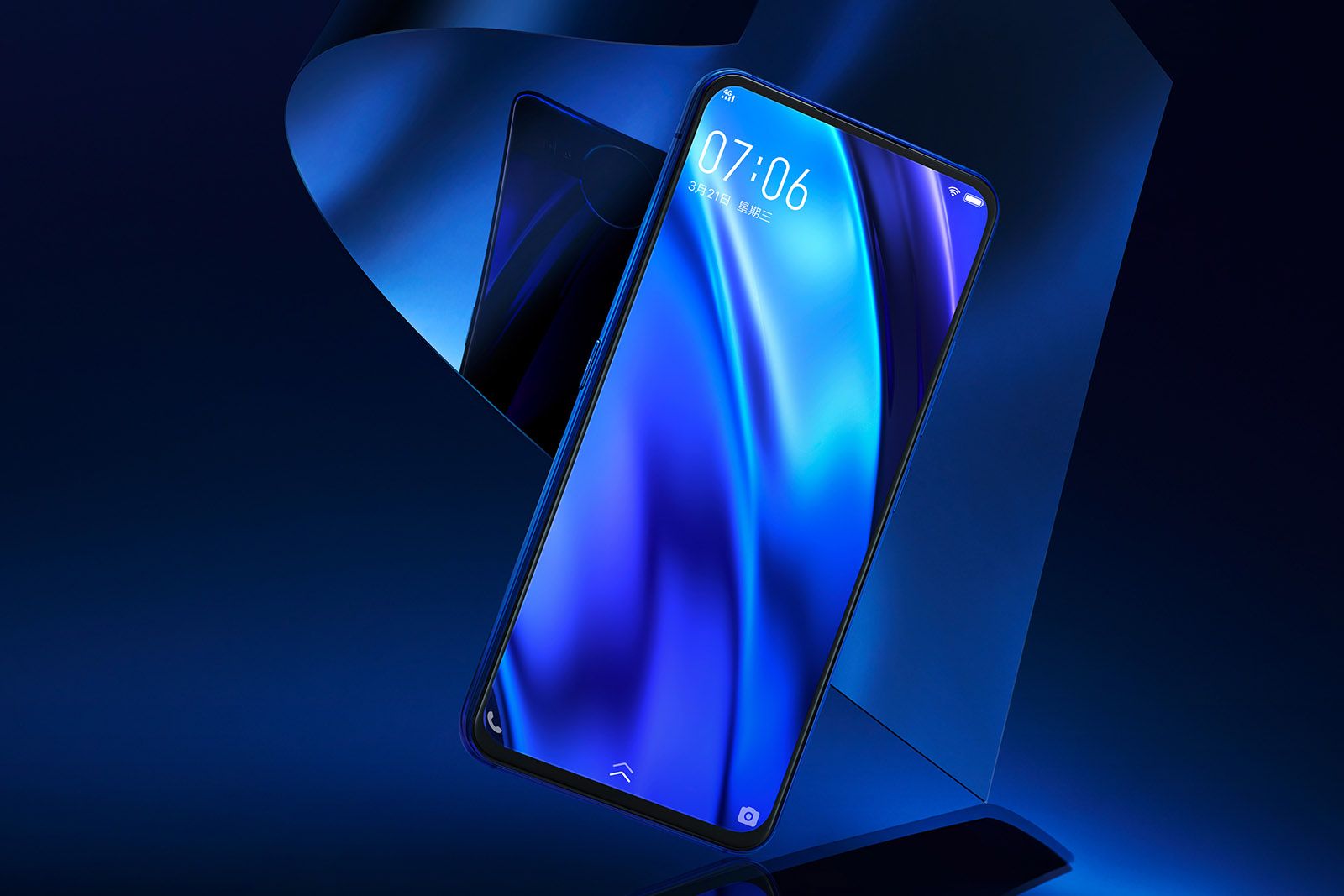It's deep into 2018, a year that's seen the notch normalised for many smartphone designs. But manufacturers aren't sitting tight on such design compromise: we've seen a surge of slider phones from Chinese makers, opting for pop-up cameras to maximise screen-to-body ratio. The year isn't done with weird and wonderful innovation yet either, with Vivo announcing its NEX Dual Display Edition on 11 Dec in Shanghai, China.
Vivo is far from the first manufacturer to produce a dual screen phone. In 2018 we've also seen ZTE put out a book-like unfolding phone and a Nubia device feature a screen by the rear camera to use for selfies. Others have engineered two-screen devices in years gone by too, frequently in vain – almost all ventures have failed, with only Yota spawning follow-up devices.
Here is a history of some dual screen phones since 2011 and why, despite ticking the tech-geek and creative thinking boxes, the idea has failed to capture the public's imagination. Can the Vivo NEX Dual Display Edition change things in the fight against the notch?
Kyocera Echo
- Launch year: 2011
The phone to kick it all off, complete with Guinness World Record and all. That didn't make it a success, though, because the second screen – which could be pulled out on its hinge to position the two side-by-side – left adjoining borders between those two screens. It's an interesting idea to supersize a screen, one that was ultimately superseded by larger screen devices with more widescreen aspect ratios.
YotaPhone
- Launch year: 2013
The Russian company was (and is) onto a good idea with the YotaPhone: its front screen is normal, while the rear one is an e-ink, so there's no need to carry that Kindle around with you too if you're an avid book reader. Thing is, Yota's progression and distribution has been slow. The original seemed like a success in specific territories, but in the years following the YotaPhone 2 (2014, as pictured) and Yota3 (expected 2019) haven't really run with the times: the design is dated and its competitors pack far more power.
NEC Medias N-05E
- Launch year: 2014
Never heard of it? We're not surprised, the NEC wasn't exactly a success. Its design was similar to the Kyocera, but the hinge was better considered. Indeed, this phone could even be set to a 'tent' position – just like the versatility offered by many modern laptops with 360-degree hinges.
Samsung Galaxy W2017
- Launch year: 2017
This China-only launch was like staring into the past with one eye on the future. A full flip phone with full physical keypad, it's old skool design echoes the classic flip phones from years before. The big difference here, however, is that when it's closed it can be used like any usual Android device. A curious quirk, for sure, with a very specific target market.
HTC U Ultra
- Launch year: 2017
At first glance you might be left searching for the this HTC's second display. That's because it's on the front, to the top of the main screen, used as a small additional panel for alerts and extra controls (skip tracks in Spotify, quick launch various apps, and so on). In a sense it's like the Touch Bar idea in the Apple MacBook Pro – another device that received poor critical reception.
Meizu Pro 7 (and Plus)
- Launch year: 2017
The first phone to place a small screen on the rear. Meizu didn't go all out with this implementation, however, as while the 1.9-inch screen was handy for setting up selfies, the phone also features a front-facing selfie camera and rather large bezels too. A great idea that's paved the way for others though…
ZTE Axon M
- Launch year: 2018
Another book-like design – similar to the Kyocera and NEC, really – the ZTE's offering is a hot mess that embodies some good ideas. The second screen can be used to run a second app independently, some of which can interact with the first screen (not many, though, as that's not a native Android feature). Or maybe you just want to watch the game while keeping your social media opened in the other panel.
Nubia X
- Launch year: 2018
The rear of the Nubia X has a 5.1-inch panel, doing away with the need for a front-facing camera at all. That sees Nubia's device streets ahead of the Meizu Pro 7, the first phone to deliver a workable anti-notch design solution.
Vivo NEX Dual Display Edition
- Launch year: 2019
If you're not familiar with Vivo in the UK it's because the Chinese company doesn't distribute there… yet. But don't ignore the name: its parent company, BBK Electronics, owns OnePlus (among others, including Oppo), a brand that has been making huge waves across the globe. Yep, Vivo is a very big deal.
The company's series look to be a force to be reckoned with too. From the X20 being the first to feature an in-screen fingerprint scanner, to the NEX S and its pop-up camera – which was ahead of the curve, based on the Vivo Apex concept – and the latest Dual Display Edition model, which maximises the front screen-to-body ratio because the rear houses a second full colour screen and all the cameras.
The Vivo NEX Dual Display Edition really takes the idea others have been playing with – most notably Nubia and Meizu – and takes it to the nth degree. The rear panel is 5.49-inches and Full HD in resolution, making it the most advanced option on the market. There's rumour of both Samsung and LG working on similar designs, but leaked patents suggest that neither Korean company will offer rear panels as larger as Vivo's device.
Conclusion
From book phones to flip phones and rear-screen phones, the purpose of a mobile device with a dual screen has morphed and flitted between various forms over the years. The idea of maximising screen real-estate hasn't gone away, as the Kyocera to NEC to ZTE evolution shows. The idea of two screens with distinct purposes remains too: Yota's e-Ink still makes sense, despite its slow progression as a product. Used as a way to help capture selfies the dual screen idea perhaps makes best sense of all.
But there are snags: two screens are pricier than one, will drain battery faster, and may result in design compromises.
Looking back over some of the designs from the last seven years means it's no surprise that some failed. Let's not forget, the first iPhone launched in 2007, some four years prior to Kyocera's Guinness World Record establisher. And despite being small the first-gen Apple device looks more modern than Yota's first phone.
So can Vivo change the world with its NEX Dual Display Edition? Probably not. It's a fun take as the antithesis to the notch and shows how seriously this Chinese giant is investing in research and development. That in itself is indicative of what to expect in the future from this company. Plus, with Samsung and LG both rumoured to be working on phones with rear screens, 2019 could well be the year when the tech receives more public attention than ever before.

